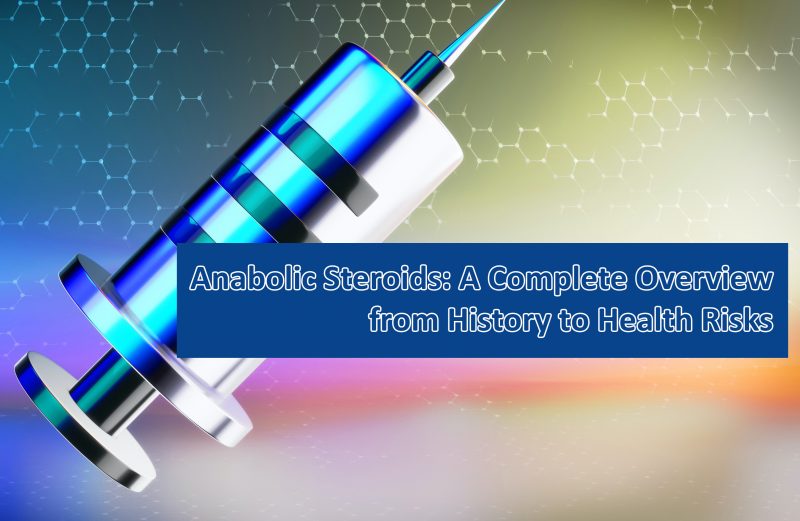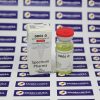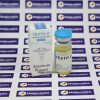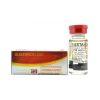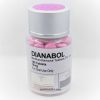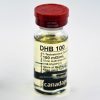Anabolic steroids, also known as anabolic-androgenic steroids (AAS), are a class of medications derived from natural androgens like testosterone. These hormones play a crucial role in the induction, development, and maintenance of various masculine characteristics. This article delves into the history of anabolic steroids, their structure, classification, and their impact on medicine and health.
History and Encyclopedia of Steroids
The history of anabolic steroids dates back to the early 20th century when scientists first began to investigate the effects of male sex hormones on the human body. In the 1930s, researchers successfully isolated androgens, paving the way for the development of synthetic AAS. In the 1930s, a group of scientists led by the chemist Leopold Ruzicka and the biochemist Adolf Butenandt successfully isolated androgens. Ruzicka and Butenandt’s work laid the foundation for the development of synthetic AAS. In 1935, they independently synthesized testosterone, the primary male sex hormone, for which they were awarded the Nobel Prize in Chemistry in 1939. Their groundbreaking research played a crucial role in advancing our understanding of anabolic steroids and their applications in medicine and sports.The first synthesized AAS, testosterone, was introduced in the 1940s, and it quickly gained popularity for its muscle-building and virilizing effects.
Structure and Classification of AAS
AAS can be classified into two main groups based on their chemical structure: androstanes and estranes. Both groups are derived from the steroid nucleus, which consists of four interconnected carbon rings. Androstanes are derived from testosterone, while estranes are derived from estradiol, a type of estrogen.
Apart from AAS, other types of sex hormone agonists include estrogens, progestogens, and other androgens. Estrogens, like estradiol, are responsible for female characteristics, while progestogens, like progesterone, play a role in maintaining pregnancy and regulating the menstrual cycle.
Androgen receptors are proteins found in cells that bind to androgens and trigger various cellular processes, including muscle growth and development. Drugs.com and DrugClasses provide detailed information on the classification, structure, and effects of various AAS.
Anabolic Steroids in Medicine
Anabolic steroids have been used in medicine to promote muscle growth, increase appetite, and treat various medical conditions. For instance, AAS have been prescribed to patients experiencing delayed puberty, muscle wasting due to cancer or other diseases, and for the treatment of some hormone imbalances.
Some examples of conditions where anabolic steroids might be used as a treatment option include:
- Hypogonadism: Hypogonadism is a medical condition in which the body produces an insufficient amount of testosterone. This can be due to problems with the testes, the hypothalamus, or the pituitary gland. Anabolic steroids, specifically testosterone replacement therapy, can help alleviate the symptoms of hypogonadism, such as low libido, reduced muscle mass, fatigue, and mood changes.
- Delayed puberty: In some cases, young males may experience delayed puberty, which can be caused by various factors, including hormonal imbalances. Anabolic steroids may be prescribed to stimulate the onset of puberty and promote the development of secondary sexual characteristics, such as the growth of facial and body hair, deepening of the voice, and increased muscle mass.
- Female-to-male transgender individuals: Testosterone therapy is commonly used as a part of the gender-affirming hormone therapy for transgender men or non-binary individuals assigned female at birth who wish to masculinize their physical appearance. Anabolic steroids, such as testosterone, can help induce the development of male secondary sexual characteristics, including facial hair growth, body hair growth, deepening of the voice, and increased muscle mass.
- Postmenopausal symptoms: Some postmenopausal women experience symptoms related to low androgen levels, such as decreased libido, mood changes, and fatigue. In certain cases, a low-dose testosterone therapy may be prescribed to help alleviate these symptoms.
Effects of AAS on the Body
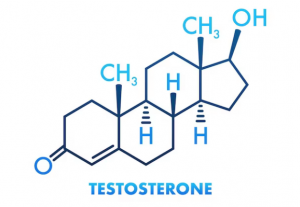 AAS promote protein synthesis in cells, leading to the growth of muscles and increased strength.
AAS promote protein synthesis in cells, leading to the growth of muscles and increased strength.
The precise numerical values for how much anabolic steroids (AAS) promote protein synthesis in cells can vary depending on the specific type of AAS, the dosage, and individual factors such as genetics and overall health. However, I can provide a general explanation of how AAS impact protein synthesis.
AAS, such as testosterone, interact with androgen receptors in muscle cells. This interaction stimulates a cascade of cellular processes that ultimately leads to an increase in protein synthesis, which is the process by which cells build new proteins.
Studies have shown that AAS can significantly increase protein synthesis rates in muscle cells. For example, a study by Bhasin et al. (1996) found that testosterone supplementation increased muscle protein synthesis by about 27% in healthy young men. Another study by Ferrando et al. (1998) reported that a moderate dose of testosterone enanthate (100 mg per week) led to an increase in whole-body protein synthesis of around 19%.
It’s essential to remember that these percentages represent the increased rate of protein synthesis in response to AAS use and not the absolute amount of protein being synthesized. The actual impact of AAS on muscle protein synthesis can vary greatly depending on individual factors, the specific AAS used, and the dosage.
They also have anabolic effects, like increasing body weight and lean mass gains. These effects can be enhanced through proper diet and exercise.
However, the use of AAS comes with potential health risks, especially when taken in high doses. Long-term use can lead to liver damage, cardiovascular issues, hormonal imbalances, and degrees of virilization. Moreover, the presence of steroids in the body can cause virilizing effects, such as the growth of body hair and deepening of the voice.
Health Risks and Proper Use of AAS
The health risks associated with AAS use are numerous, including liver damage, cardiovascular issues, and hormonal imbalances. To minimize these risks, it is essential to use AAS under the guidance of a healthcare professional and to adhere to recommended doses.
In conclusion, anabolic steroids have played a significant role in medicine and sports since their discovery. Despite their beneficial effects on muscle growth and strength, the potential health risks associated with their use cannot be overlooked.
Alright, if you’re considering using AAS for bodybuilding, make sure to talk to a healthcare professional first and fully understand the risks. Don’t jump into it without being well-informed.

